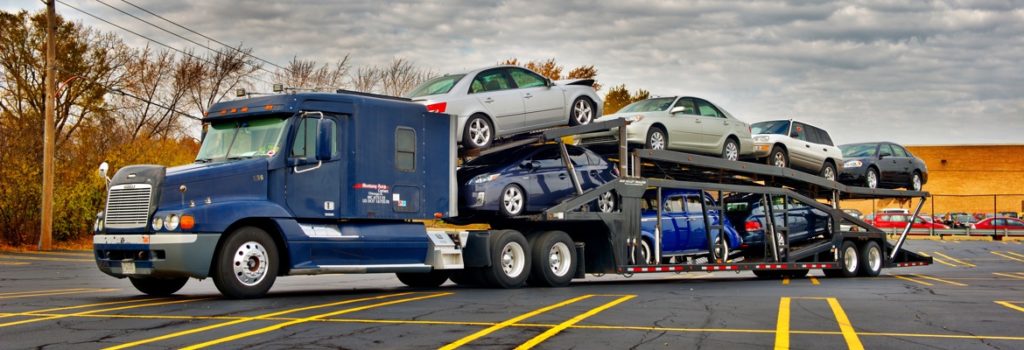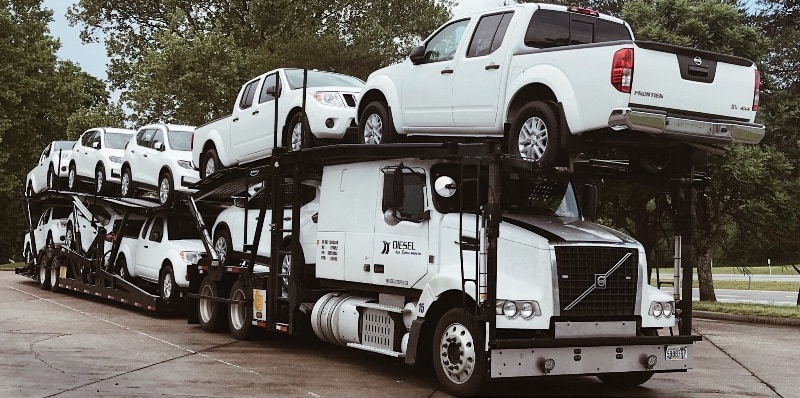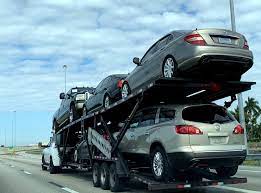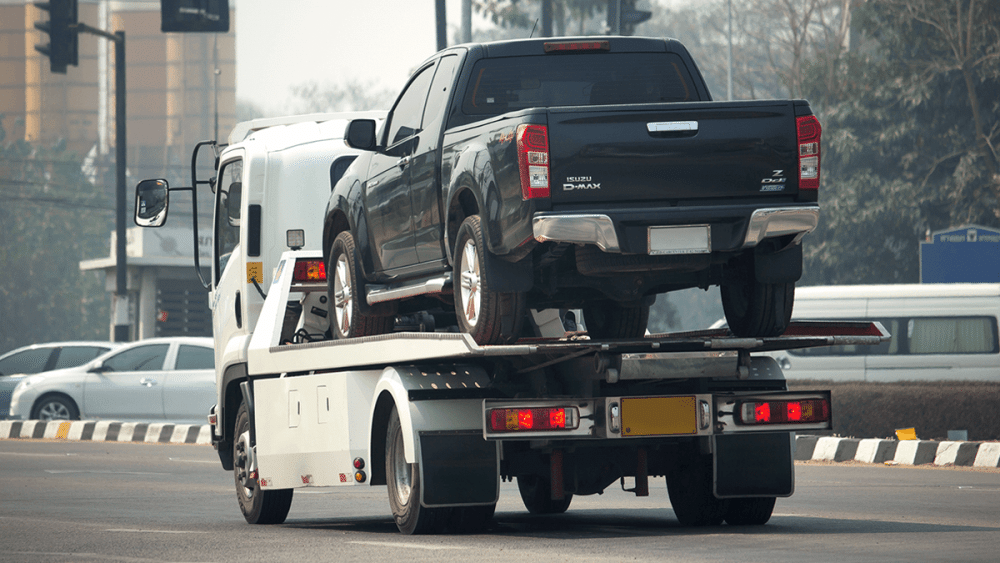Car Registration When Moving States (Ultimate Guide)
Moving to a new state is an exciting chapter, but it also comes with several logistical tasks, including updating your car registration. Registering your car in your new state is crucial to ensure legal compliance and avoid potential penalties.
However, the registration process can vary significantly from state to state, making it essential to have a comprehensive understanding of the requirements and steps involved.
In this article, we will provide you with a complete guide to car registration when moving states. From gathering the necessary documents to visiting the local Department of Motor Vehicles (DMV), we will walk you through the entire process, ensuring a seamless transition for your vehicle’s registration.
Explore key topics such as residency proof, registration fees, emission testing, and more. Understand the specific timelines and deadlines for registration after establishing residency in your new state. Moreover, learn about the potential tax implications and whether you need to obtain new license plates.
By following this comprehensive guide, you can confidently navigate the car registration process, stay in compliance with local regulations, and enjoy a smooth start to your journey in your new state.
Whether you’re relocating for work, school, or personal reasons, we’ve got you covered with all the information you need to ensure a hassle-free car registration experience. And through this blog, you’ll know more about the pricing process of the shipping companies.
Things To Consider About Your Car Before Moving From One to Another State
Relocating to a new state is an exciting but complex process that requires careful planning, especially when it comes to your car. Before the move, consider these essential aspects:
- State Regulations: Familiarize yourself with the vehicle registration and insurance requirements of your new state.
- Car Inspection: Ensure your car is in good condition by conducting a thorough inspection and necessary maintenance.
- Insurance Coverage: Update your car insurance policy to comply with your new state’s minimum coverage.
- Emissions Testing: Check if your new state requires emissions testing, and ensure your car meets the necessary standards.
- Toll Roads and Tags: Familiarize yourself with toll roads and acquire any required tags or passes.
- Shipping Options: Decide if you’ll drive your car or use car shipping services for the move.
By considering these factors, you can smoothly transition your car to a new state and enjoy a stress-free relocation process.
How To Transfer Car Insurance and Registration After Moving
Moving to a new state involves transferring your car insurance and registration to comply with local laws and regulations. To do this, follow these steps:
- Notify Your Insurance Company: Inform your insurance provider about your move and provide the new address to update your policy accordingly.
- Research State Requirements: Understand the insurance minimums and coverage requirements of your new state.
- Register Your Car: Visit the local DMV to register your car with the new state’s authorities.
- Obtain New Insurance: If needed, find a new insurance policy that meets your new state’s requirements.
- Cancel Old Insurance and Registration: Cancel your old auto insurance policy and registration once the new ones are in effect. Also don’t forget to remove your old license plates.
By following these steps, you can ensure a seamless transfer of your car insurance and registration, keeping your vehicle legally compliant in your new state of residence.
How To Switch Car Insurance and Registration When Moving Out of State
Moving out of state requires switching car insurance and registration to comply with local laws. Here’s what you need to do:
- Inform Your Insurance Company: Notify your current insurance provider about the move and provide the new address for policy adjustments.
- Research State Requirements: Familiarize yourself with the insurance minimums and coverage mandates in your new state.
- Obtain New Insurance: Find a new insurance policy that meets your new state’s requirements and offers the coverage you need.
- Register Your Car: Visit the local DMV in your new state to register your vehicle.
- Cancel Old Insurance and Registration: Cancel your previous insurance and registration once the new ones are active.
By following these steps, you can smoothly switch car insurance and registration, ensuring legal compliance and protecting yourself and your vehicle in your new state.
How To Register a Car in Another State After Moving
Moving to a new state requires registering your car to comply with local laws and regulations. Follow these steps for a seamless registration process:
- Gather Required Documents: Collect your driver’s license, car title, proof of car insurance, and any necessary identification.
- Research State Requirements: Familiarize yourself with the car registration process and fees in your new state.
- Visit the DMV: Go to the local Department of Motor Vehicles (DMV) office to complete the registration process.
- Submit Required Forms: Fill out the necessary registration forms and provide the required documents.
- Pay Fees: Pay the registration fees and any applicable taxes.
- Get New License Plates: If needed, obtain new license plates for your car.
By following these steps and meeting all the requirements, you can successfully register your car in your new state, ensuring legal compliance and smooth travels in your new location.
Save Time and Money on Your Move
Moving can be a daunting task, but with careful planning and smart decisions, you can save both time and money during the process. You will also need to consider whether you need open or enclosed auto transport carriers. Here are some tips:
- Declutter: Get rid of unnecessary belongings before the move to reduce packing and transportation costs.
- Compare Quotes: Research and compare moving companies to find the most cost-effective option.
- DIY Packing: Consider packing your belongings yourself to save on packing services.
- Flexible Moving Date: If possible, opt for a flexible moving date to take advantage of off-peak rates.
- Plan Ahead: Start planning and organizing well in advance to avoid last-minute expenses.
- Ask for Help: Enlist the help of friends and family for assistance with packing and loading.
By incorporating these strategies, you can streamline your move, save money, and make the entire process more efficient, allowing you to focus on settling into your new home with ease. This blog will give you a complete idea on preparing your vehicle for transportation.
What You Might Need Before You Leave
Moving can be overwhelming, but preparing ahead can make the process smoother. Here are essential items you might need before you leave:
- Important Documents: Gather passports, identification, birth certificates, and any necessary paperwork.
- Moving Supplies: Stock up on packing boxes, tape, bubble wrap, and other essential moving supplies.
- First Aid Kit: Have a well-stocked first aid kit handy for any minor emergencies.
- Cleaning Supplies: Ensure you have cleaning supplies to tidy up your old and new home.
- Personal Essentials: Pack clothes, toiletries, and other personal items for the first few days in your new location.
- Snacks and Water: Keep snacks and water accessible during the move to stay energized.
Having these items ready before you leave can save you from last-minute stress and ensure a smoother transition to your new home.
Apply for a New License
Moving to a new state often requires obtaining a new driver’s license. To apply for a new license, follow these steps:
- Residency Proof: Gather documents to prove your new residency, such as utility bills or lease agreements.
- Visit the DMV: Go to the local Department of Motor Vehicles (DMV) office to start the application process.
- Complete Required Forms: Fill out the necessary application forms and provide proof of identity and residency.
- Pass Tests: If required, take a written and/or driving test to obtain your new license.
- Pay Fees: Pay the applicable fees for the new license.
By following these steps and meeting the state’s specific requirements, you can apply for a new license and ensure you are legally allowed to drive in your new state. Remember to complete this process promptly after moving to avoid any potential issues while driving.
Get a New Car Insurance Policy
Moving to a new state often means you need to obtain a new car insurance policy that complies with local regulations. To get a new policy, consider the following steps:
- Research Insurance Providers: Look for reputable insurance companies in your new state that offer coverage suitable for your needs.
- Compare Quotes: Obtain quotes from multiple insurance providers to find the most competitive rates and coverage options.
- Review Coverage Needs: Assess your insurance requirements and choose a policy that provides adequate protection.
- Notify Current Insurer: Inform your current insurance company about your move and cancel your previous policy once the new one is in effect.
- Finalize the Policy: Complete the necessary paperwork and make the initial payment to finalize your new car insurance policy.
By taking these steps, you can ensure your vehicle is properly covered with a new car insurance policy that meets the legal requirements and provides the protection you need in your new state of residence. Also, you get to have a legal vehicle’s title.
Instant Quote
In today’s fast-paced world, convenience and efficiency are paramount, even in car shipping. Instant quotes offer a valuable solution for those seeking reliable and swift cost estimates. With just a few clicks, you can enter essential details about your car shipping needs and receive an instant quote from reputable companies. You can get an instant quote from us Here.
This quick and hassle-free process allows you to make informed decisions, compare prices, and plan your car’s transportation with ease. Gone are the days of waiting for quotes to arrive via phone or email. Embrace the power of instant quotes and embark on a smooth and secure car shipping experience that aligns perfectly with your budget and timeline.
FAQs
Can I Use My Previous License After Moving to Another State?
No, you cannot use your previous license after moving to another state. Each state has its own licensing requirements, and you are required to obtain a new driver’s license from your new state of residence.
You typically have a limited period (usually 30 to 60 days) to apply for a new license after establishing residency. Check with the local Department of Motor Vehicles (DMV) for specific guidelines and ensure you comply with the state’s regulations to avoid driving without a valid license.
Is the Registration Process Costly?
The registration process cost varies depending on the state and the specific vehicle. Generally, the registration fees are relatively affordable, ranging from around $50 to $150. However, some states may also require additional taxes or inspection fees, which can add to the overall cost.
While the registration process is not typically considered costly, it’s essential to research the specific fees and requirements in your new state to budget accordingly and ensure a smooth and legal registration process for your vehicle.










